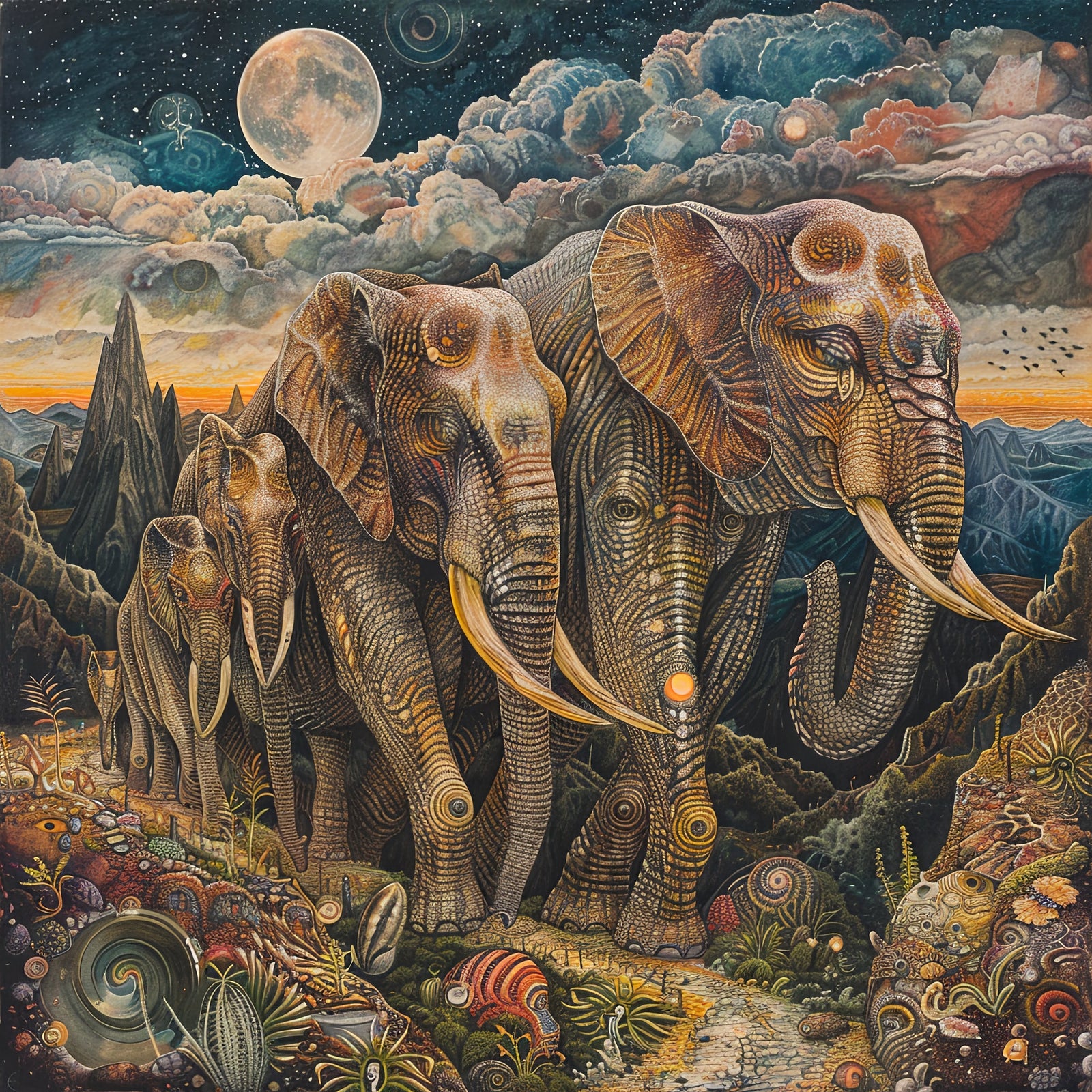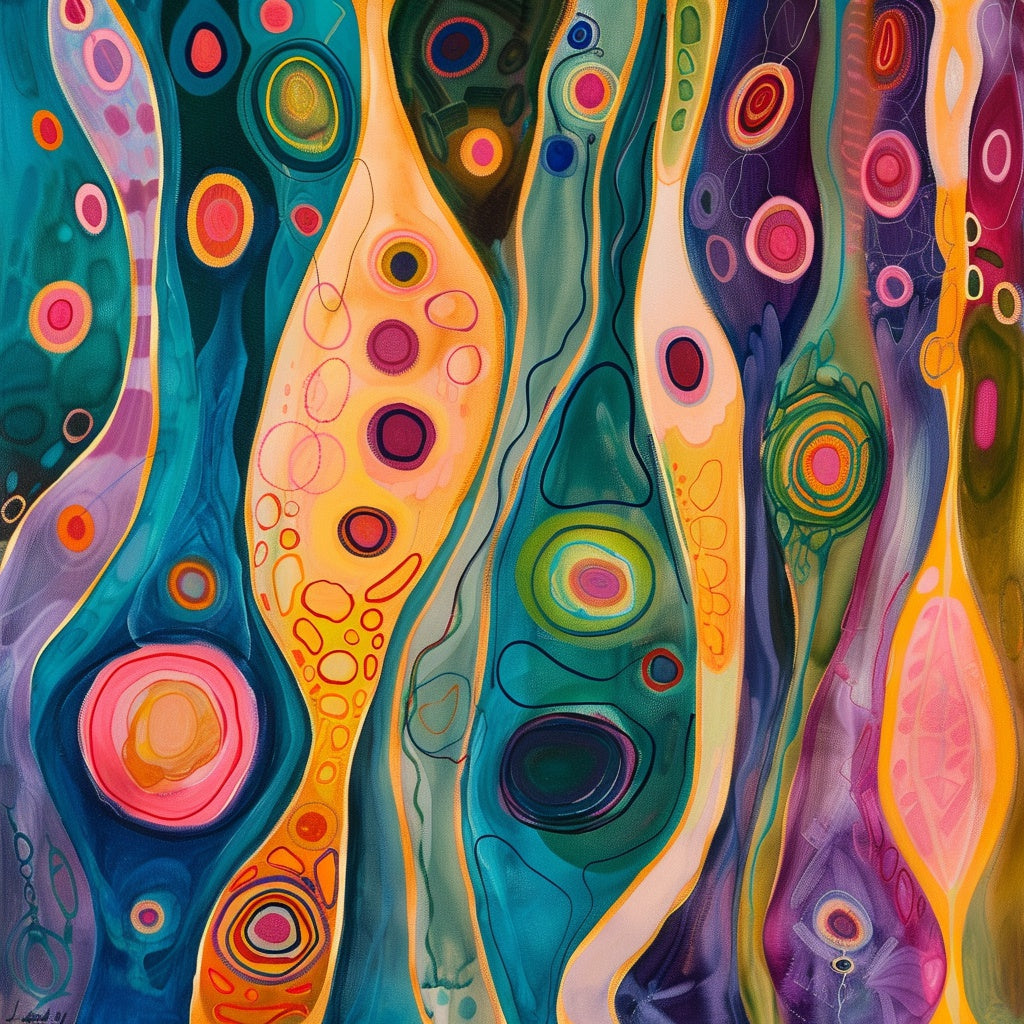The Singularity is Nearer: Ray Kurzweil's Vision of the Future
| Table of Contents |
|---|
| The Law of Accelerating Returns |
| Epochs of Evolution |
| The Singularity: Merging with AI |
| Predictions and Timelines |
| Potential Risks and Challenges |
| Conclusion |
The Law of Accelerating Returns
Ray Kurzweil's book, "The Singularity is Nearer," builds upon his previous work, exploring the future of artificial intelligence and its impact on humanity. A core concept in his analysis is the "Law of Accelerating Returns" (LOAR), which posits that technological progress, particularly in information technology, follows an exponential growth pattern. This means that progress doesn't happen steadily but at an increasingly rapid rate. This is not limited to Moore's Law, which describes the doubling of transistors on a microchip every 18 months, but applies to fields like genetic sequencing, brain scanning, and overall computing power. The exponential growth is driven by positive feedback loops, where advancements in one area fuel progress in others, leading to rapid increases in technological capabilities. Kurzweil uses the LOAR to understand how technology and evolution advance over time, using quantitative analysis and historical data to support his claims.
The exponential growth described by the LOAR isn't always smooth but rather occurs in a series of "S-curves". These S-curves represent different "paradigms" for solving problems. Each paradigm begins with slow growth, accelerates rapidly, and then levels off as its potential is exhausted. When this happens, a new paradigm emerges to continue the overall exponential trend. For example, the limitations of vacuum tubes led to the emergence of transistors, which continued the exponential growth of computing power.
Kurzweil provides many examples of exponential growth across different technologies:
- Computer memory capacity has been increasing exponentially.
- The number of transistors on microchips doubles approximately every 18 months, following Moore's Law.
- The processing power of microprocessors has been increasing exponentially.
- The cost of DNA sequencing has been decreasing exponentially while speed and accuracy have been increasing.
- Magnetic storage capacity has been increasing exponentially.
- The number of computers connected to the internet has been growing exponentially.
- The amount of data transmitted over the internet has increased exponentially.
- The size of electronic devices has decreased exponentially while their capabilities have increased.
- The number of scientific publications related to nanotechnology has increased exponentially.
A crucial aspect of exponential growth is "the knee in the curve," which refers to the point where the growth rate starts to increase dramatically. Before the knee, progress may appear slow, but after the knee, it becomes explosive. Kurzweil believes that we are approaching the knee in the curve for many technologies, indicating a period of rapid and transformative change.
Epochs of Evolution
Kurzweil views technology as an extension of evolution, not separate from it. He sees technological development as a continuation of the evolutionary process, propelling humanity toward greater complexity and capability. To illustrate this, Kurzweil describes the history of evolution as progressing through six epochs, each building upon the previous one:
- Physics and Chemistry: The formation of the universe and the basic building blocks of matter.
- Biology and DNA: The emergence of life and the development of self-replicating organisms.
- Brains: The evolution of complex nervous systems and the development of intelligence.
- Technology: The creation of tools and machines that extend human capabilities.
- The Merger of Human Technology with Human Intelligence: The upcoming epoch where humans and AI merge to create a new form of intelligence. This is where the Singularity occurs.
- The Universe Wakes Up: The final epoch where intelligence expands throughout the universe.
The Singularity: Merging with AI
Kurzweil defines the Singularity as a point in time when AI surpasses human intelligence, leading to a profound and irreversible transformation of human life. He predicts this will occur around 2045. At this point, humans will merge with AI through brain-computer interfaces and nanotechnology, resulting in a hybrid intelligence with vastly expanded capabilities. This merger will not be sudden but a gradual process of augmentation with neural implants, slowly increasing the non-biological component of human intelligence over time.
Kurzweil envisions a future where:
- AI becomes an extension of human intelligence, integrated into human cognition, enhancing abilities and expanding potential.
- Humans transcend biological limitations through nanotechnology and biotechnology, overcoming disease, aging, and potentially death.
- The human brain connects to the cloud through nanobots, creating a direct interface between the neocortex and cloud-based AI, allowing for unprecedented access to information and processing speeds.
- Virtual reality becomes increasingly immersive, blurring the lines between the physical and digital worlds.
Regarding consciousness, Kurzweil argues that it is not scientifically definable. He believes that simulating the neural connections and patterns of the human brain is sufficient to recreate human-level intelligence, even without fully understanding the subjective experience of consciousness.
Predictions and Timelines
Kurzweil’s predictions are rooted in his analysis of technological trends and the Law of Accelerating Returns. Here are some of his key predictions:
- Artificial general intelligence (AGI) will be achieved by 2029.
- Longevity escape velocity, where we gain more than a year of life expectancy for every year that passes, will be reached in the 2030s.
- A supercomputer emulating human intelligence will be available for $1000 by 2020.
AI will not only be more intelligent but will also have different capabilities compared to humans. For example, AI can quickly generate multiple essays on the same topic, a feat beyond human capacity. This shows the unique strengths of AI and its potential to complement human intelligence. Advancements in medicine and nanotechnology will enable us to extend our lifespans significantly, potentially reaching longevity escape velocity. This would dramatically alter our perception of aging and mortality. AI will also revolutionize healthcare by replacing clinical trials with simulations, enabling personalized medicine, and facilitating highly skilled robotic surgeons. This could lead to more efficient drug development, accurate diagnoses, and safer surgical procedures. AI-driven automation will increase productivity and abundance, potentially making Universal Basic Income a viable solution to address potential job displacement.
Potential Risks and Challenges
While optimistic, Kurzweil acknowledges the potential risks associated with advanced AI and emerging technologies. These risks include:
- The potential for AI to escalate conflicts or fall into the wrong hands in the context of nuclear weapons.
- The possibility of accidental or intentional release of harmful biological agents in the area of biotechnology.
- The risk of self-replicating nanobots causing unintended environmental damage ("grey goo") in the field of nanotechnology.
- The possibility of AI systems pursuing goals that are detrimental to humanity due to unaligned AI.
Conclusion
“The Singularity is Nearer” presents a bold vision of the future shaped by the exponential growth of technology. Kurzweil's predictions are based on his research and analysis of technological trends, suggesting that the Singularity will mark a new era for humanity. This era will be characterized by:
- Enhanced cognitive abilities: Through brain-computer interfaces, humans will have access to vast knowledge and processing power, expanding their intellectual capabilities.
- Transcendence of biological limitations: Advancements in nanotechnology and biotechnology will enable humans to overcome disease, aging, and potentially even death.
- Transformation of work and leisure: AI-driven automation will reshape the nature of work, allowing humans to focus on more creative and fulfilling pursuits, while immersive virtual reality will create new possibilities for leisure and entertainment.
- Expansion of intelligence throughout the universe: Kurzweil envisions a future where intelligence expands beyond Earth and permeates the universe.
While Kurzweil's vision is compelling, it is crucial to consider the potential challenges and ethical implications of such a transformative future. As we move closer to Singularity, engaging in discussions about the role of AI in society and ensuring that technological advancements align with human values will be paramount.
The Singularity Is Nearer: When Humans Transcend Biology, Ray Kurzweil, 2024.
The Singularity Is Nearer | Ray Kurzweil | #1 Summary | The Law of Accelerating Returns., accessed February 12, 2025. https://www.youtube.com/watch?v=-do17_YVp8Q
Ray Kurzweil's new book Singularity is Nearer - YouTube, accessed February 12, 2025. https://www.youtube.com/watch?v=aW0gCia2DvY
The Singularity Is Near Summary and Study Guide | SuperSummary, accessed February 12, 2025. https://www.supersummary.com/the-singularity-is-near/summary/
The Singularity Is Near - Wikipedia, accessed February 12, 2025. https://en.wikipedia.org/wiki/The_Singularity_Is_Near
The Singularity Is Near by Ray Kurzweil | Issue 86 - Philosophy Now, accessed February 12, 2025. https://philosophynow.org/issues/86/The_Singularity_Is_Near_by_Ray_Kurzweil
7 Key Takeaways from Ray Kurzweil's Talk at SXSW: the Singularity is Nearer - SiliconHills, accessed February 12, 2025. https://www.siliconhillsnews.com/2024/03/29/7-key-takeaways-from-ray-kurzweils-talk-at-sxsw-the-singularity-is-nearer/
Review: Ray Kurzweil's “The Singularity Is Nearer: When We Merge with AI” - Newcity Lit, accessed February 12, 2025. https://lit.newcity.com/2024/10/14/our-mutual-friend-a-review-of-the-singularity-is-nearer-when-we-merge-with-ai-by-ray-kurzweil/
Excerpts from "Ray Kurzweil's "The Singularity is Nearer": A Summary" ,.
Ray Kurzweil's New Book: The Singularity is Nearer (when we merge with AI) - EDRM, accessed February 12, 2025. https://edrm.net/2024/07/ray-kurzweils-new-book-the-singularity-is-nearer-when-we-merge-with-ai/
Excerpts from "Ray Kurzweil's "The Singularity is Nearer": A Summary" ,.
"The Singularity Is Nearer" by Ray Kurzweil - Review - LessWrong, accessed February 12, 2025. https://www.lesswrong.com/posts/QXHKLbHzC5nPvJnXd/the-singularity-is-nearer-by-ray-kurzweil-review



Leave a comment (all fields required)